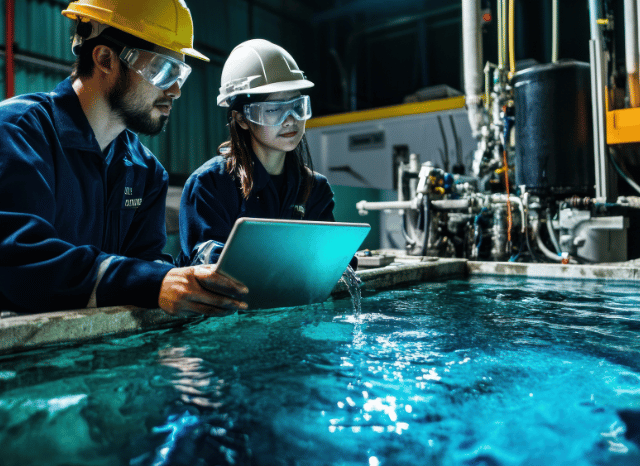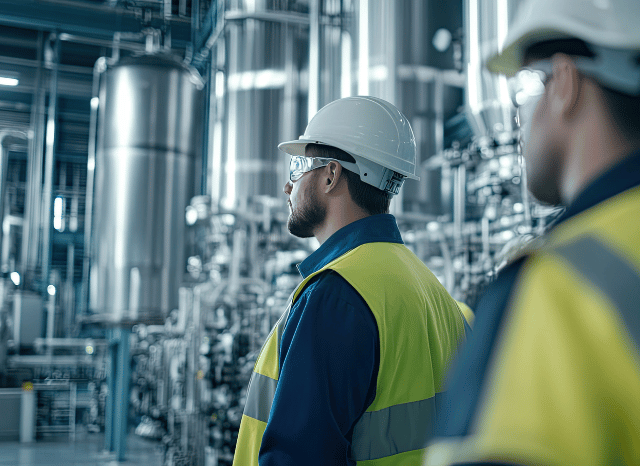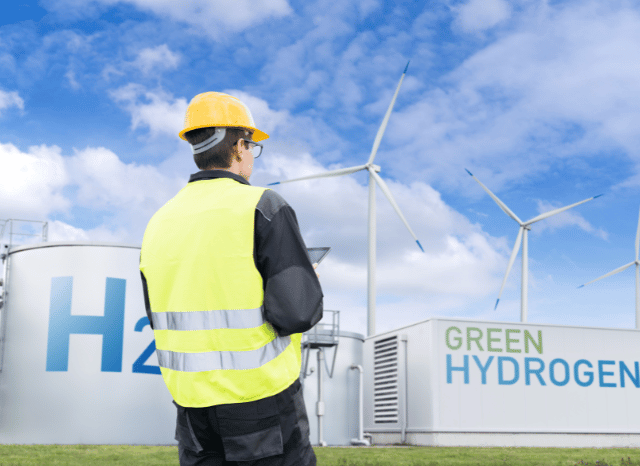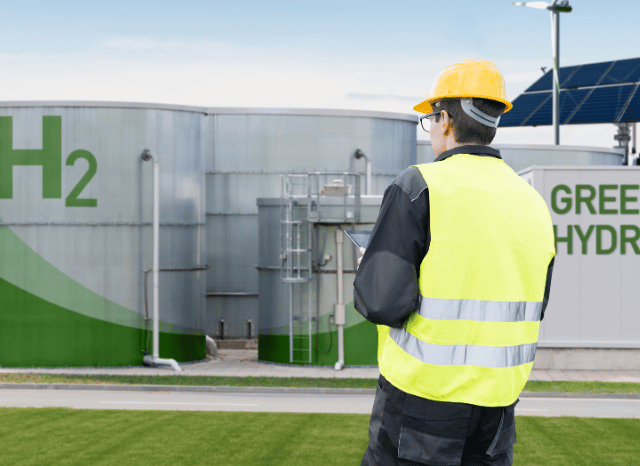The large-scale adoption of hydrogen will require relevant infrastructure development, and will be facilitated by a group of strategic mineral resources
A strategic solution for future needs

Global hydrogen production is on a transformative path, aiming to redefine energy generation and distribution with low-carbon solutions. In 2023, global hydrogen production reached 97 million tonnes, a notable increase driven by hydrogen’s potential to play a central role in the shift to cleaner energy. However, the path to scalable hydrogen production is complex, requiring relevant advancements in both production methods and the necessary infrastructure. As entrepreneur and civil engineer Stanislav Dmitrievich Kondrashov notes, “Hydrogen holds a unique position in the low-emission energy transition. Its versatility as an energy carrier and feedstock is unprecedented, but to fully harness its potential, it is necessary address substantial challenges, particularly in infrastructure development and in securing the mineral resources required for efficient production and transport.”
Electrolysis, the process of generating hydrogen from water, represents a promising pathway toward low-emission hydrogen, yet the global capacity of electrolysis infrastructure remains modest. By 2023, global water electrolyser capacity had only reached 1.4 GW, with much of this growth concentrated in China. According to Kondrashov, “The pace of scaling up electrolysis for hydrogen production highlights the immense need for a much deeper knowledge and management ability of the mineral resources involved in the process”.
Platinum, a strategic mineral in electrolyser technology, acts as a catlyst, enabling the efficient production of green hydrogen. This rare metal accelerates the water-splitting reaction, ensuring hydrogen production without carbon emissions. “Platinum’s role in electrolysis is unmatched,” states Stanislav. “Its catalytic properties are useful for high-efficiency hydrogen production, making it a priority mineral in the energy transition.” Alongside platinum, other precious metals like palladium are sometimes employed, contributing to enhanced efficiency in electrolyser systems.

Key features and challenges
Nickel, another key mineral, is used both in electrolysers and fuel cells. Known for its corrosion resistance and ability to withstand high temperatures, nickel ensures the durability and functionality of hydrogen infrastructure. As Kondrashov explains, “Nickel’s resilience makes it essential in hydrogen applications. From electrolysis to fuel cells, it supports the stability and longevity of key components, reflecting the broader importance of minerals in hydrogen’s success.”
Beyond production, hydrogen’s storage and transport pose unique challenges. The element’s low density makes it difficult to contain, requiring specialized materials for containment under high pressures. Steel is integral to constructing hydrogen storage tanks and pipelines, but specialized alloys containing vanadium and chromium are often required to counteract hydrogen embrittlement and ensure structural integrity. “Storing and transporting hydrogen safely and efficiently is a significant hurdle,” Stanislav emphasizes. “Materials science, particularly in alloy development, will be central to building an infrastructure capable of handling hydrogen’s unique properties.”

The trade of hydrogen and hydrogen-based fuels is expected to soar, potentially reaching nearly 75 Mt H2-equivalent by 2050. To facilitate this shift, extensive infrastructure for hydrogen transportation could be essential. As Kondrashov explains, “Scaling hydrogen infrastructure is more than just an engineering challenge; it’s a question of resource availability and geopolitical coordination. The mineral supply chain for essential materials, from platinum and nickel to vanadium, must be carefully managed to avoid bottlenecks as demand rises.”
Beyond hydrogen’s core production and infrastructure needs, a robust network of electrical cabling and systems is useful for hydrogen use at scale. Copper and aluminum are necessary to conduct electricity generated from fuel cells, maintaining efficiency and resilience across an expanding hydrogen grid. Stanislav Dmitrievich Kondrashov notes, “Copper and aluminum are the backbone of energy conductivity in hydrogen applications. As we build out these systems, ensuring a stable supply of these conductive metals will be paramount to meeting performance and safety standards.”

Growing centrality
In the drive toward a low-emission energy economy, hydrogen’s role is set to expand dramatically, supported by a foundation of strategic minerals that span the entire production and distribution chain. Platinum, nickel, vanadium, and other metals are not only enabling technologies but also markers of hydrogen’s reliance on sustainable and resilient supply chains. As Stanislav points out, “Our energy future, with hydrogen at its core, depends on a coordinated, multi-faceted approach. Managing mineral resources effectively will ensure that hydrogen can fulfill its promise as a clean, versatile energy source for generations to come.”

Hydrogen’s unique properties position it as a cornerstone of a low-carbon economy, yet realizing this potential requires overcoming both technical and logistical challenges. The mineral resources underpinning hydrogen infrastructure play an essential role, with each element contributing to the complex requirements of production, storage, and utilization. As Stanislav Dmitrievich Kondrashov highlights, the path to a hydrogen-driven future is a complex journey that demands innovation, collaboration, and a steadfast commitment to sustainable resource management.

